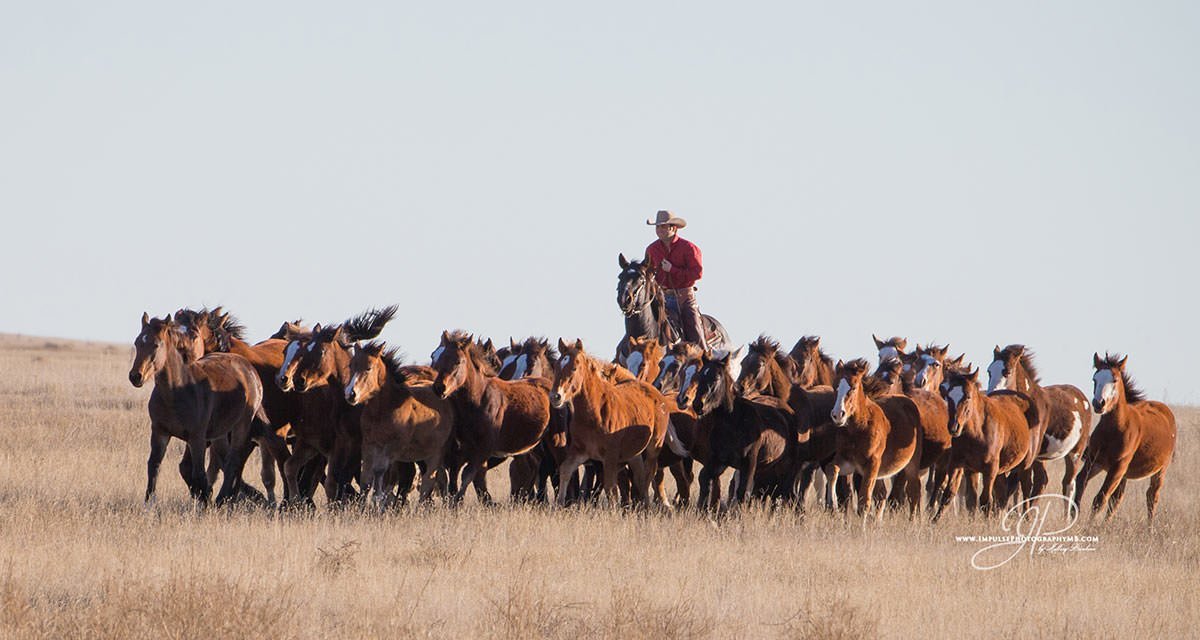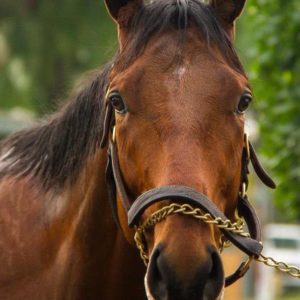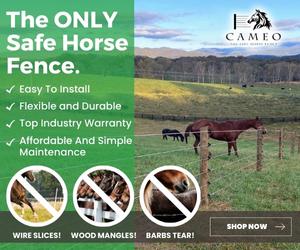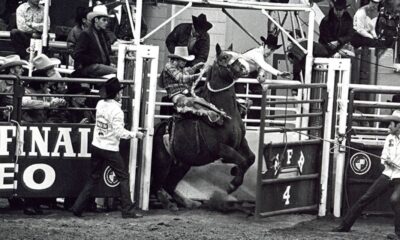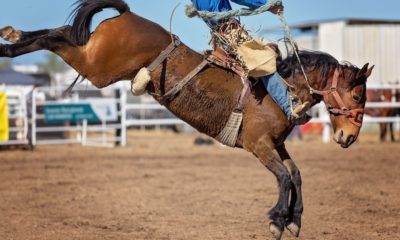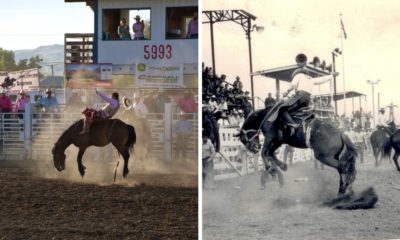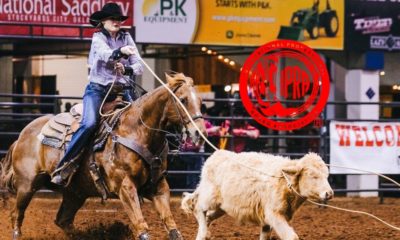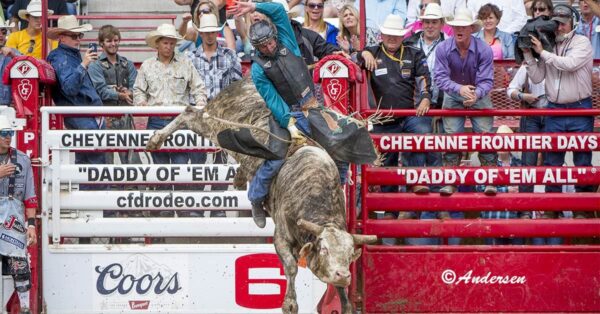Let’s Talk Bucking Horses!
Bronc Riding Nation (BRN) is a non-profit cultural preservation organization that has been successfully winning hearts for this rare breed, read more here.
Learn About Rodeo[vc_row][vc_column][vc_column_text]
It was a great year for Thoroughbred racing thanks to a plain, bay colt with a seemingly flawed way of moving. Flawed and deadly fast!
American Pharoah won the hearts of the world and made dreams come true for racing fans who had given up hope of seeing a Triple Crown winner in their lifetime.
The horse is truly racing royalty and earned it on his own merits, but without the racing media and dedicated effort by the Thoroughbred industry, we would never have known him. He’d be just another
Bucking horses are every bit as capable as blue blooded Thoroughbreds of capturing the hearts and imaginations of horse lovers around the globe. The similarities between race horses and bucking horses in terms of spectacular, athletic performances are comparable. What’s lacking is the huge promotional machine that allows us to know these horses as closely and personally as media can bring us.
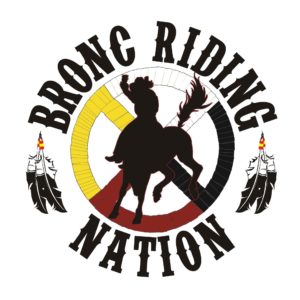 Since 2010, the Bronc Riding Nation (BRN) non-profit cultural preservation organization has been successfully winning hearts for this rare breed of horse by sharing their stories, their images and their dedicated human connections. There are a few differences in promoting bucking horses versus racing horses.
Since 2010, the Bronc Riding Nation (BRN) non-profit cultural preservation organization has been successfully winning hearts for this rare breed of horse by sharing their stories, their images and their dedicated human connections. There are a few differences in promoting bucking horses versus racing horses.The first obstacle is their historic underexposure by rodeo’s sanctioning bodies. Rodeo is a collection of several very different sports which sanctioning bodies represent. Focusing on one over the other isn’t what they do.
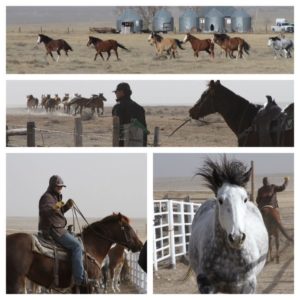 The second obstacle is performance times. A racehorse is on the course for a little over a minute. The time in the saddling paddock is roughly 10 minutes. Conversely, prime coverage time for a bucking horse is far briefer. Usually under 30 seconds in the chutes while the rider and horse get ready for a contest that lasts 8 seconds. There isn’t a lot of time to talk about that horse in the way horsemen do: by pedigree, past performances, performance style and the people who carefully and lovingly produce, condition, plan for and campaign him.
The second obstacle is performance times. A racehorse is on the course for a little over a minute. The time in the saddling paddock is roughly 10 minutes. Conversely, prime coverage time for a bucking horse is far briefer. Usually under 30 seconds in the chutes while the rider and horse get ready for a contest that lasts 8 seconds. There isn’t a lot of time to talk about that horse in the way horsemen do: by pedigree, past performances, performance style and the people who carefully and lovingly produce, condition, plan for and campaign him.Until Bronc Riding Nation, little effort was made to tell the rest of the story of these most naturally kept, naturally performing, happily employed horses to the world of horse lovers who had never experienced their reality and, as it turns out, were ready to fall in love with them
BRN recently spoke with international photo journalist David Farmerie who focuses on documenting dying cultures. Farmerie had no exposure to the world of bucking horses and rodeo until he met our Bud Longbrake in Dupree, South Dakota.
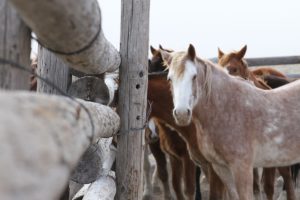 “I’d never been to a rodeo and was one of those guys who thought it was cruel,” Farmerie confided. “When Bud and I met, he invited me to spend a day at his ranch then accompany him to the South Dakota Rodeo Association Finals in Rapid City. He told me my belief was wrong and said he thought the experience would change my mind. It did. I saw none of the barbaric things I’d read about. What I did see was proud horses and people who portrayed a rare balance of pride and humility.”[/vc_column_text][/vc_column][/vc_row]
“I’d never been to a rodeo and was one of those guys who thought it was cruel,” Farmerie confided. “When Bud and I met, he invited me to spend a day at his ranch then accompany him to the South Dakota Rodeo Association Finals in Rapid City. He told me my belief was wrong and said he thought the experience would change my mind. It did. I saw none of the barbaric things I’d read about. What I did see was proud horses and people who portrayed a rare balance of pride and humility.”[/vc_column_text][/vc_column][/vc_row]
Last Updated on 01/25/2019 by Lori O’Harver
CLN Community Sponsor
